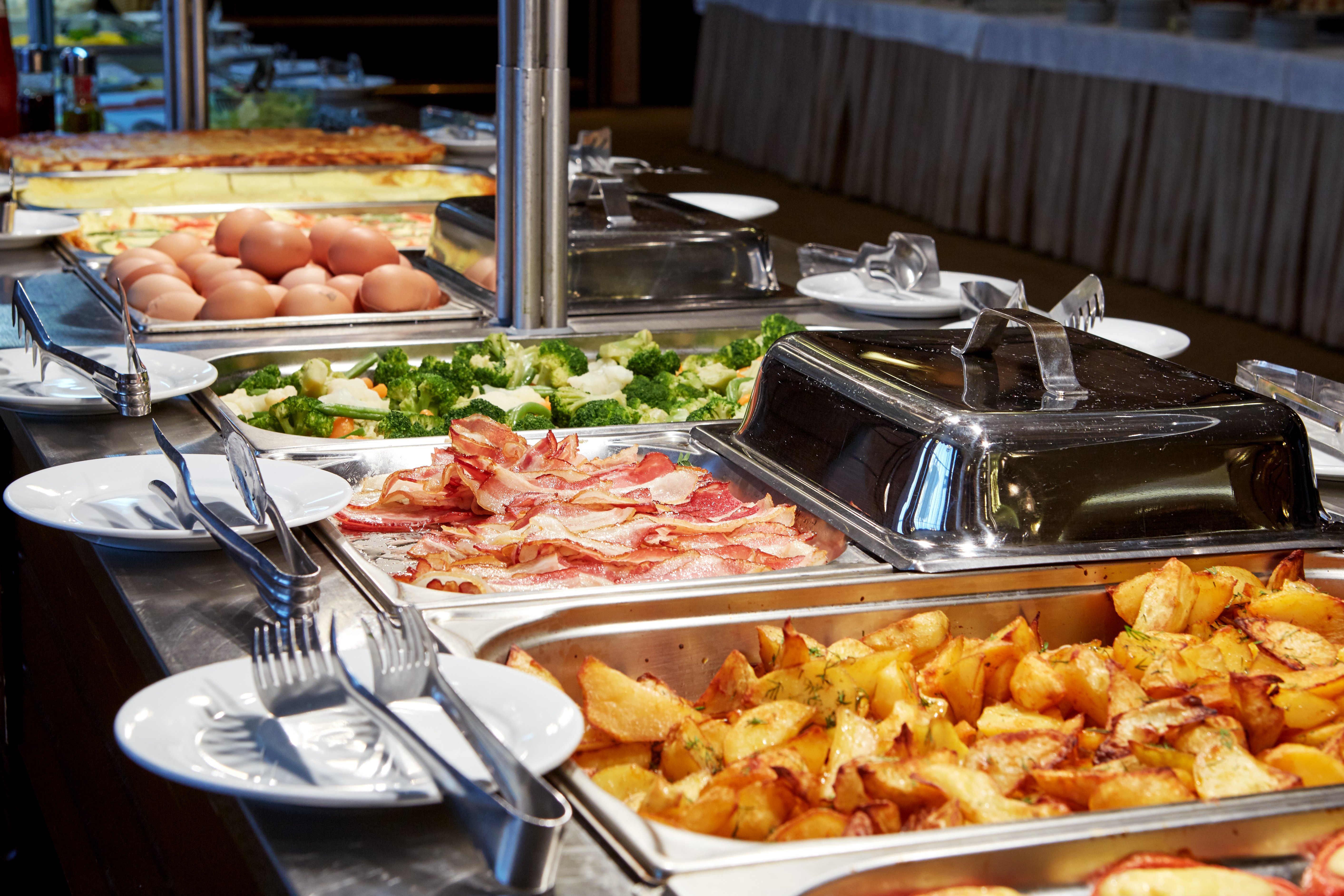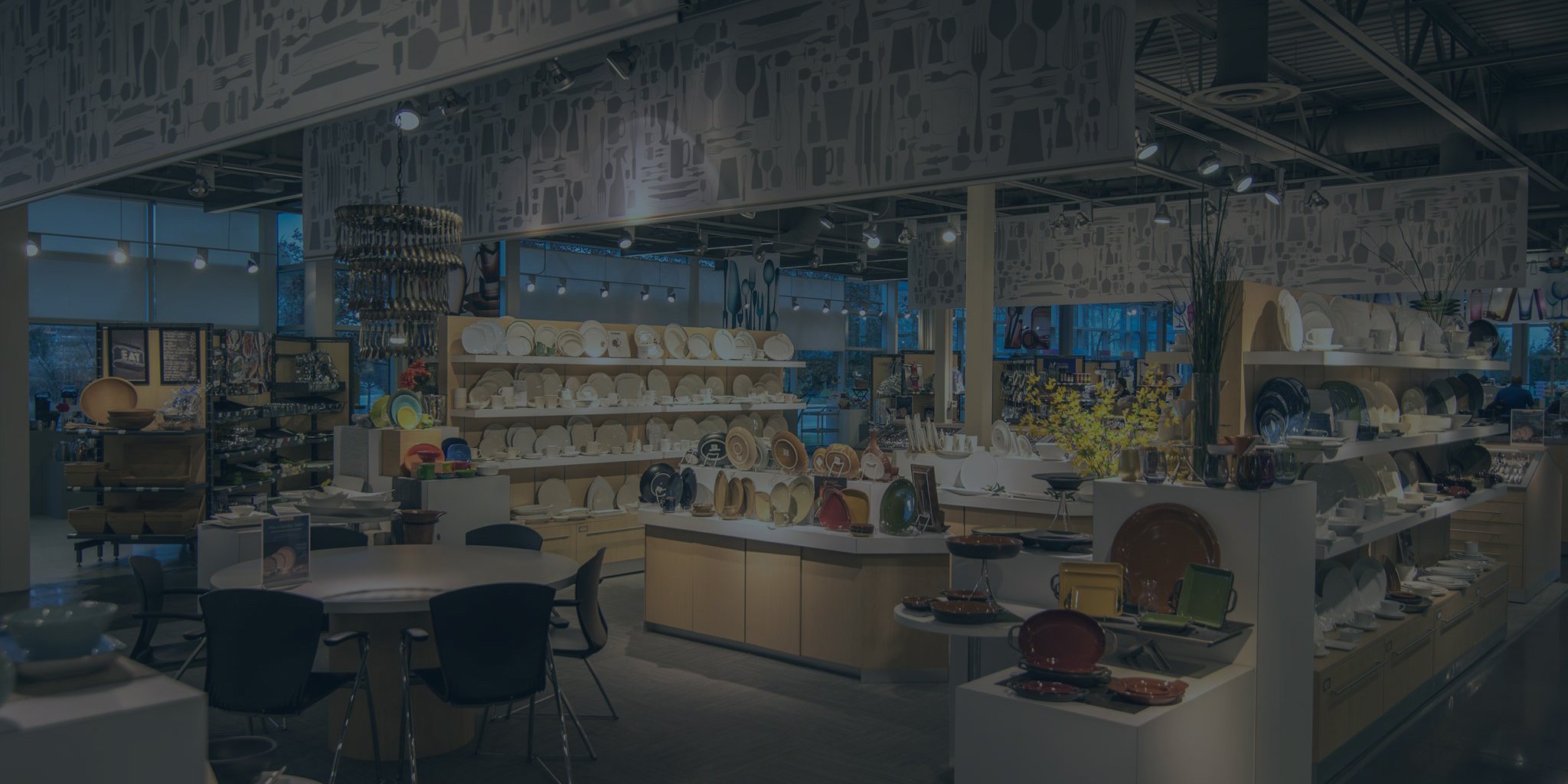Steam tables have been widely used within the foodservice industry for years. Designed to heat pre-cooked foods at safe temperatures, they are most commonly used by caterers, buffet style restaurants and cafeterias. However, as much as steam tables have benefited the industry, they do come with their share of challenges. Using steam is not the most cost effective and efficient option. Energy is required to bring the water to a boil which, in turn, evaporates and requires frequent replacement. Some steam tables offer built-in plumbing options that better accommodate for water auto-fill and drainage issues, but these added costs are not always conducive for every consumer.

When converting to a dry hot well there is no longer the need for additional plumbing or drainage, saving on additional installation and construction costs. Employees are less likely to receive steam-related injuries when changing out food pans and less maintenance is required when compared to the wear and tear steam tables receive from poor water quality and the occasional scorching when wells are accidentally run dry. Several dry hot well options are available and each present a unique opportunity when moving away from the more traditional steam-based food table set-up:
- Radiant heat utilizes heating elements either under the food pan or wrapped in the walls and base of the pan itself.
- Convection units combine heating elements with a fan that circulates the hot air around the food pan. This option often requires insulation and may add a bit of ambient noise.
- Induction heating provides greater heating precision which often equates to greater energy efficiency.
- Conduction heating circulates the heat through the walls and across the bottom of the warming pan which then heats the food pan.
Download our quick reference guide here: Dry Hot Wells
.jpg?width=192&name=BLT_Only_Logo_Black%20(19).jpg)


